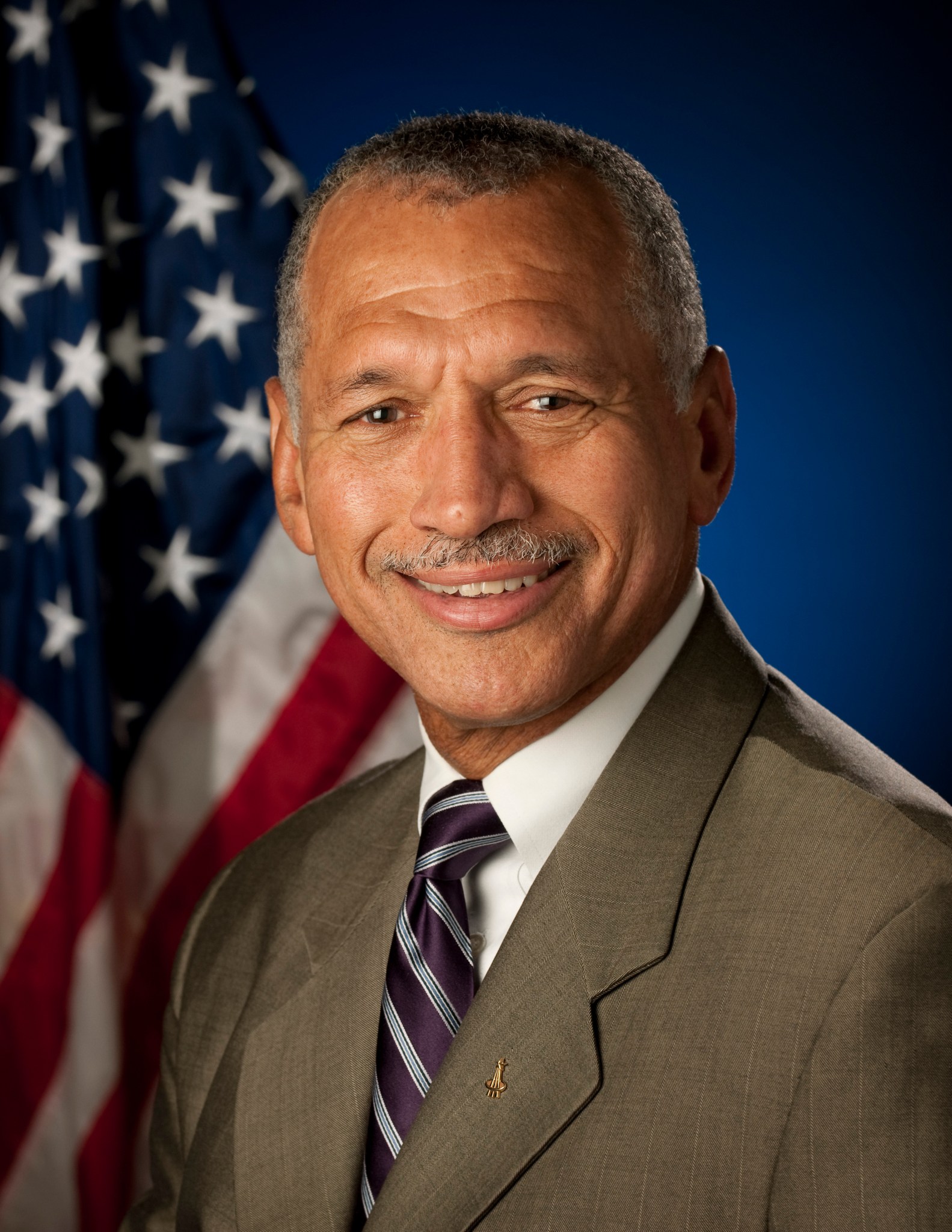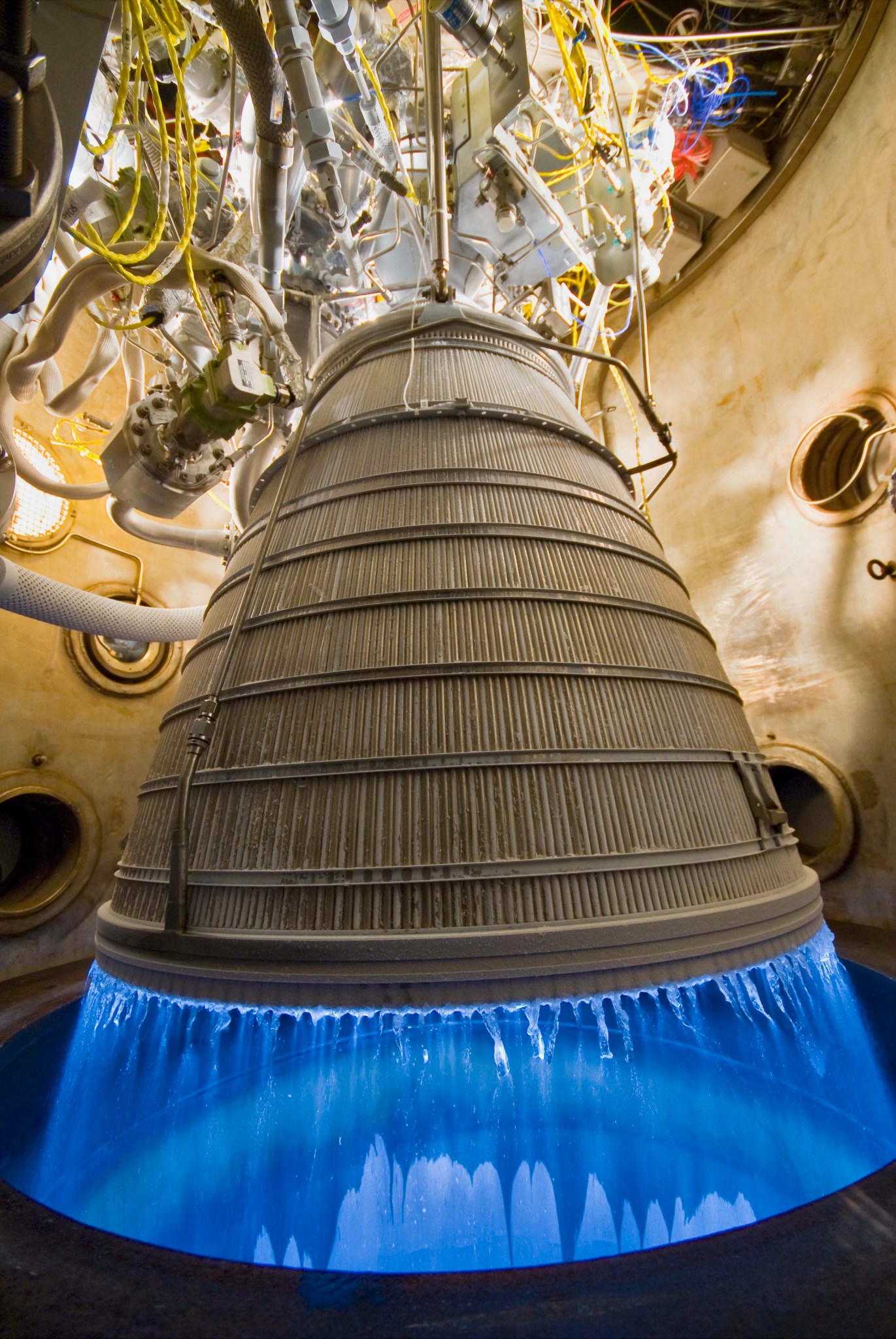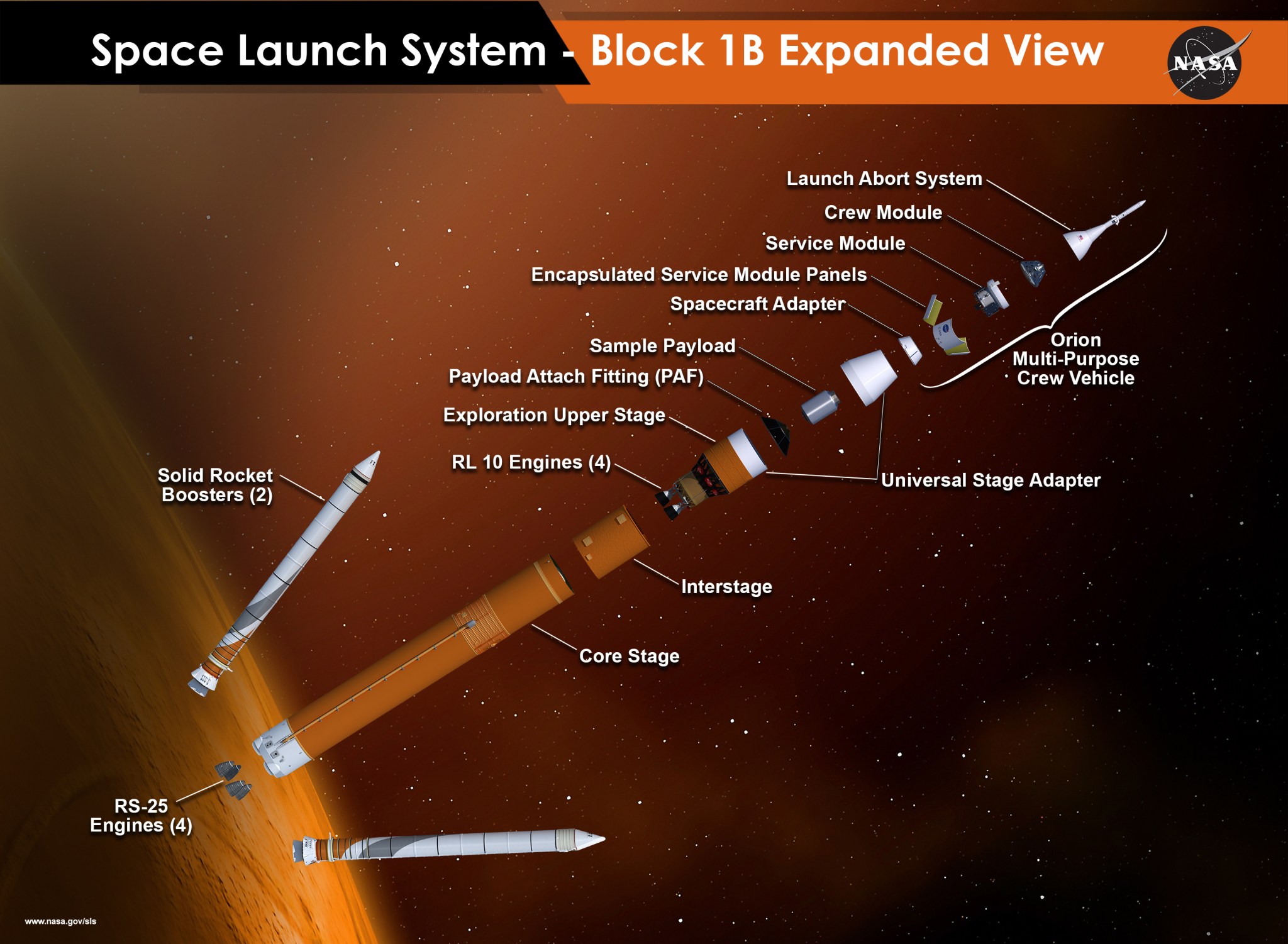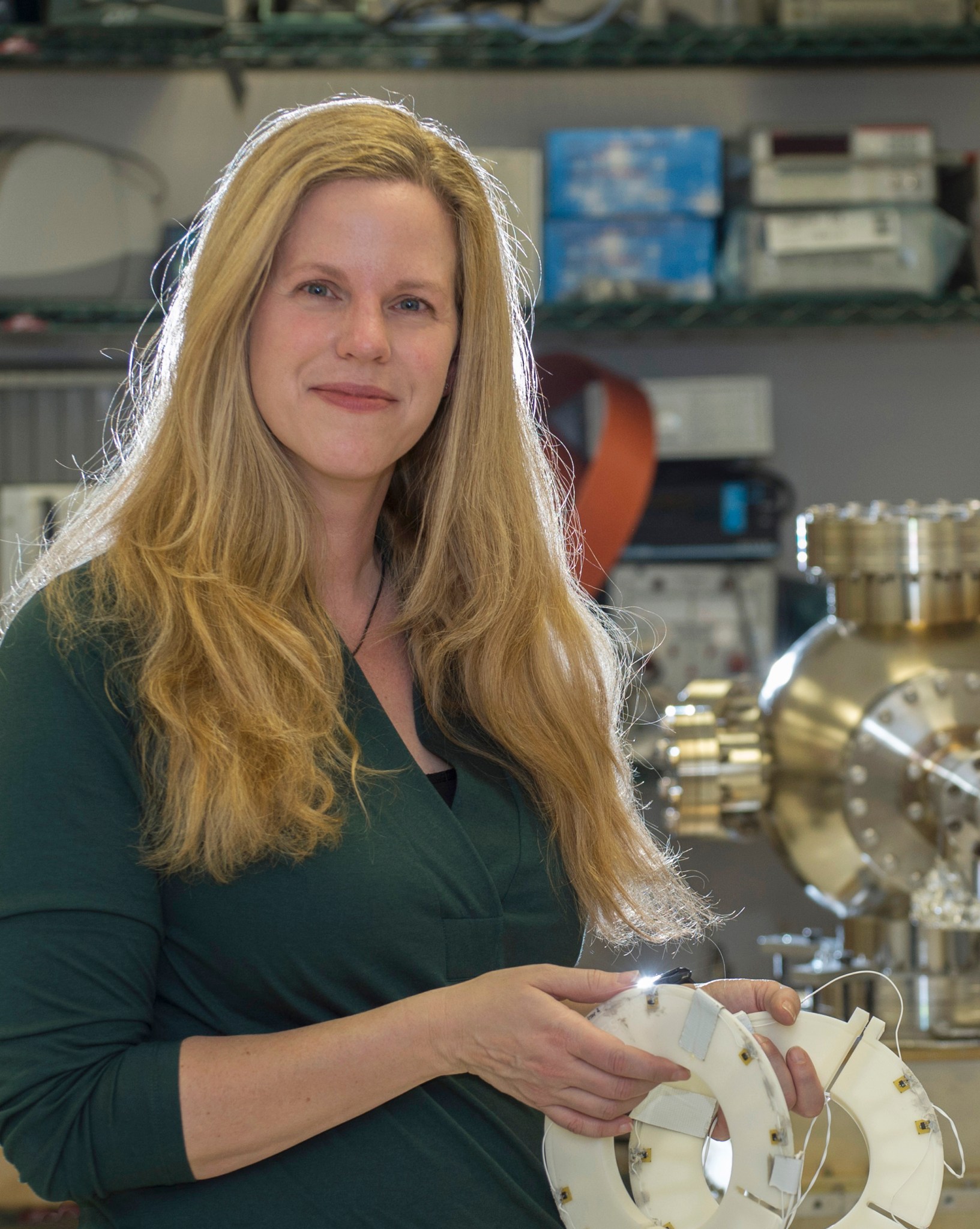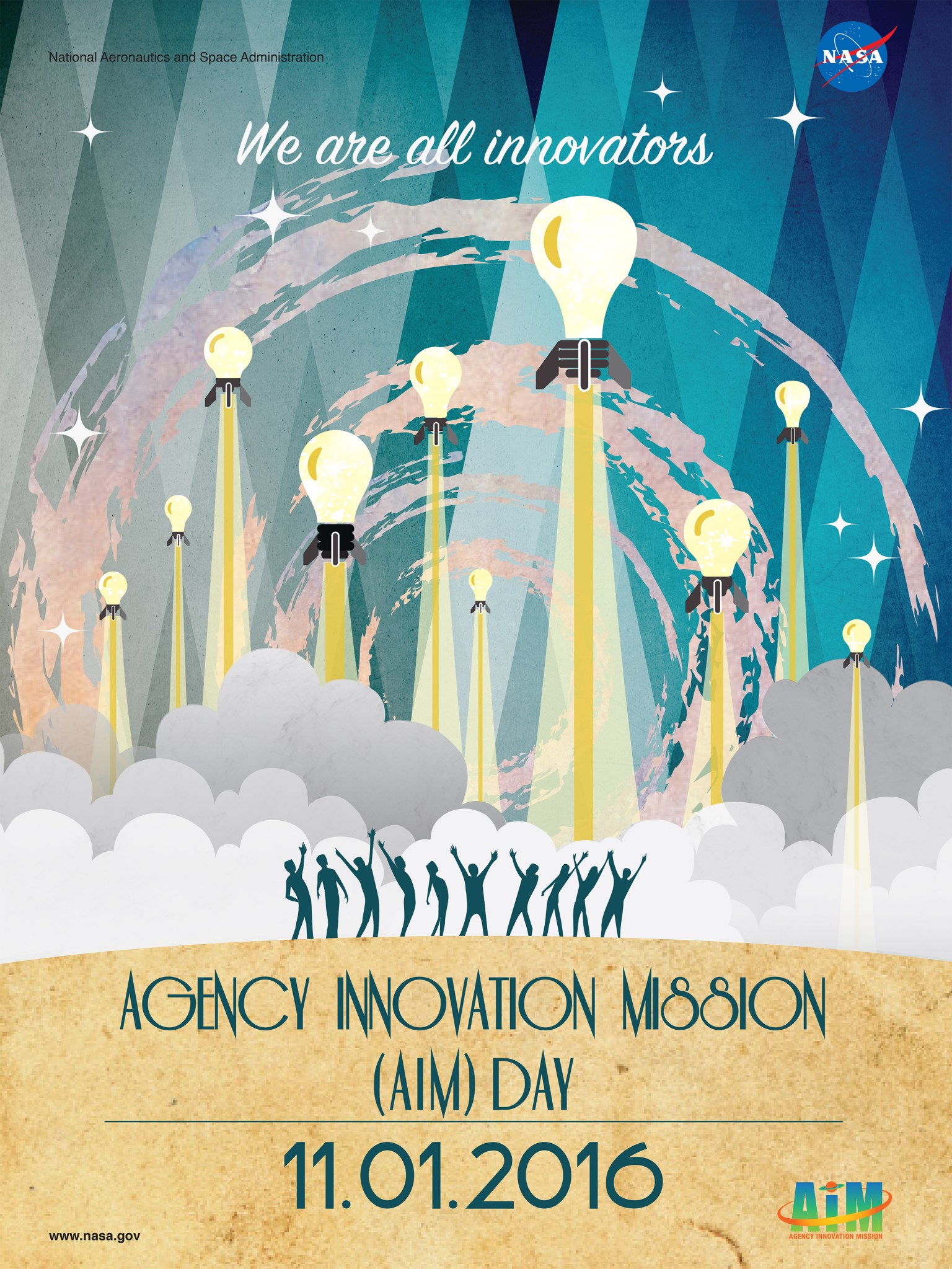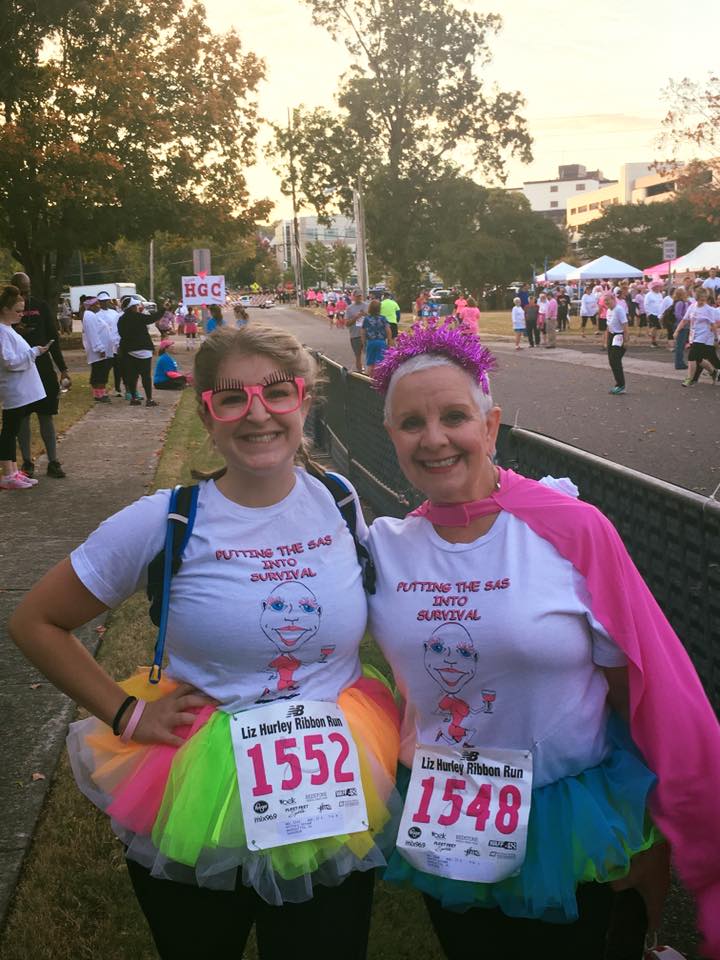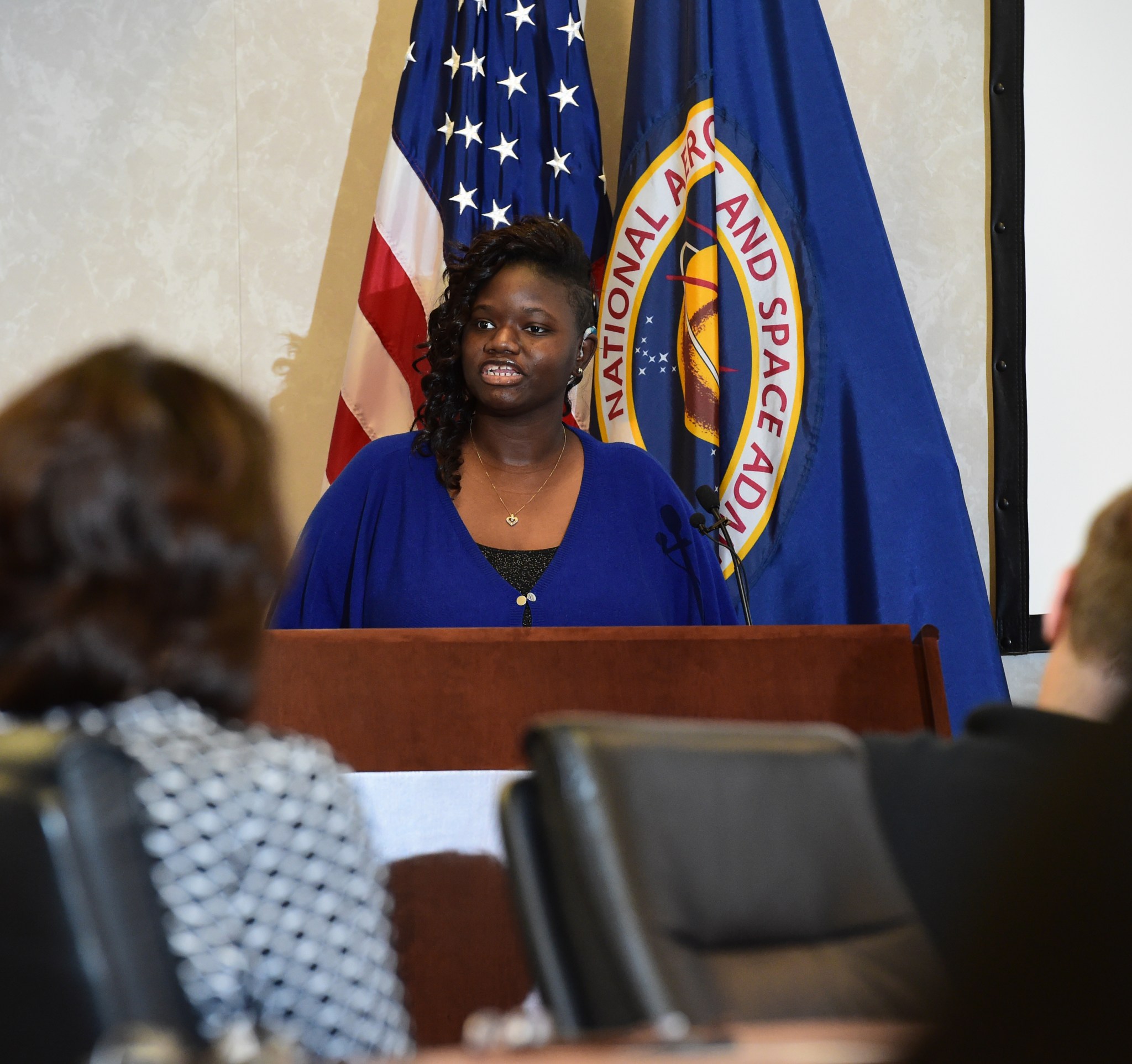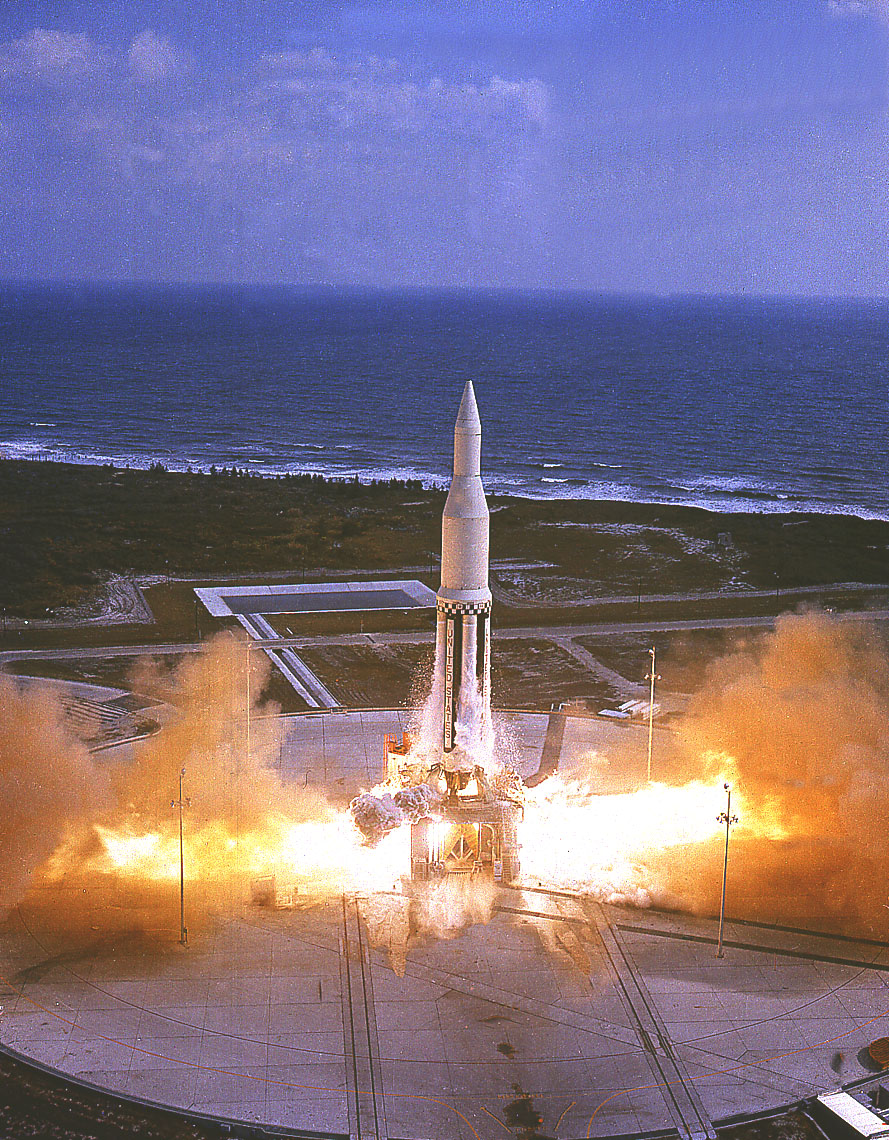In This Week’s Star
- NASA Administrator Charles Bolden to Hold Marshall All-Hands Meeting Oct. 27
- Proven Engine Packs Big, In-Space Punch for NASA’s SLS Rocket
- Marshall’s Jessica Gaskin Leading Team to Develop NASA’s Next X-ray Observatory
- Tools Drive NASA’s TReK to New Discoveries
- NASA, Auburn University Celebrate Space Exploration and Sign New Space Act Agreement
- Celebrate NASA’s Agency Innovation Mission Day Nov. 1
- Sherri Stroud Defeats Breast Cancer with a Little Help From Her Friends
- Numbers Don’t Lie: For Accountant Traci Matthews, ‘Inclusion Works’ at Marshall
- John Thomas, Former NASA Spacelab Manager, Offers ‘Mission Success’ Insights
- This Week in NASA History: First Saturn Rocket, SA-1, Launches — Oct. 27, 1961
- Obituaries
NASA Administrator Charles Bolden to Hold Marshall All-Hands Meeting Oct. 27
NASA Marshall Space Flight team members are encouraged to attend an all-hands meeting with NASA Administrator Charles Bolden at 2 p.m. Oct. 27 in Morris Auditorium, Building 4200.
Bolden will be joined by NASA Deputy Administrator Dava Newman, Associate Administrator Robert Lightfoot and Marshall Center Director Todd May.
After Bolden’s remarks, he will answer questions during a question and answer session. To submit questions before the meeting, click here.
The meeting will also be broadcast live on Marshall’s Desktop TV.
Proven Engine Packs Big, In-Space Punch for NASA’s SLS Rocket
By Kim Henry
The thundering roar of a rocket leaving the launch pad is a familiar sight and sound. Much less familiar is the job of the smaller upper stage engines that do their job mostly beyond eye and camera range, but give spacecraft the big, in-space push they need to venture into deep space.
NASA’s new rocket, the Space Launch System, will rely on a proven upper stage engine — the RL10 — for its first mission with the agency’s Orion spacecraft in late 2018. The SLS Block 1 rocket will use a RL10B-2 engine — the same engine used by the Delta IV rocket — as a part of the interim cryogenic propulsion stage.
As the rocket evolves to a more powerful Block 1B configuration, an exploration upper stage will be added. The EUS will use four RL10C-3 engines, and the upgraded rocket will send astronauts tens of thousands of miles beyond the moon to explore deep-space, paving the way for NASA’s Journey to Mars.
To reach these deep-space destinations, NASA recently contracted Aerojet Rocketdyne of West Palm Beach, Florida, for the production of 10 RL10C-3 engines for the rocket’s second and third flights with Orion, as well as two spare engines.
“The RL10 is a very technically mature engine design,” said Steve Wofford, SLS Liquid Engines manager at NASA’s Marshall Space Flight Center, where the SLS Program is managed. “It has been the nation’s upper stage workhorse engine for more than 50 years and is second to none in performance and demonstrated reliability. It also leverages existing propulsion technology to provide SLS with a robust engine in a timely manner and avoids costs associated with a new engine development program.”
The RL10 rocket engine was first developed by Pratt & Whitney in late 1950s and was first flown in 1963. The RL10 has sent spacecraft to every planet in our solar system, including Voyager 1 — the first craft that reached interstellar space. Now, the RL10 will power the vehicle that will send people farther from Earth than humans have ever traveled before.
The engine has evolved and improved over time and has a stellar record. It has flown more than 400 times, logged approximately 15,000 hot fires, and accumulated more than 2.3 million seconds of hot fire operation time with a demonstrated reliability greater than 0.999 throughout its history. The thrust and specific impulse — think gas mileage — of the RL10C-3 version makes it ideal as an upper stage engine for NASA’s human exploration missions to deep space.
“Engines are one of the most complex rocket elements and we’re pleased to be working with Aerojet Rocketdyne to build these flight engines,” said James Burnum, NASA SLS Liquid Engines RL10 manager. “Starting with the second mission, humans will be traveling into deep space farther than ever before. We need a reliable engine with a proven track record that has the performance to power humans to deep space including Mars.”
The $174 million contract with Aerojet Rocketdyne covers the management, testing, certification and delivery of the engines for human spaceflight and will continue through Feb. 29, 2024.
Engine testing will be performed at NASA’s test facility in West Palm Beach, Florida, as well as a green run of the EUS with four RL10 engines at NASA’s Stennis Space Center. The green run will be the first time the engines are assembled into a single configuration with the EUS and fired under simulated flight conditions. This will test the compatibility and functionality of the system to ensure a safe and viable design. The SLS will launch from NASA’s Kennedy Space Center.
Henry is a public affairs officer in the Office of Strategic Analysis & Communications.
Marshall’s Jessica Gaskin Leading Team to Develop NASA’s Next X-ray Observatory
By Kenneth Kesner
Jessica Gaskin has an X-ray vision: NASA has appointed her as study scientist leading a team of researchers on a mission to design X-ray Surveyor, a successor to the unparalleled Chandra X-ray Observatory.
That is both an honor and challenge for Gaskin, an astrophysicist in the Science Research Office of NASA’s Marshall Space Flight Center. Since Chandra’s launch aboard space shuttle Columbia and deployment in 1999, the observatory has been one of NASA’s most successful science missions, enabling unprecedented insight into the workings of stars, galaxies, black holes, dark matter and dark energy, and delivering images that continue to thrill the public as well as researchers.
Chandra is still going strong in its elliptical orbit up to 86,500 miles above Earth. But Chandra and its technology are nearly 20 years old, and no other observatories can “see” X-ray emissions with the same resolution and sensitivity. If a replacement isn’t developed, there will be a major gap in scientists’ ability to study the cosmos.
For this reason, X-ray Surveyor is one of four NASA missions that will be considered in the National Research Council’s 2020 Astrophysics Decadal Survey — a sort of roadmap or investment guide for future astrophysics research. Whichever mission is ranked first priority by the astrophysics community in 2020 is most likely to be funded, built and launched during the following 10-to-15 years.
Gaskin and dozens of researchers from around the world are already working on Science and Technology Definition Teams, deciding on the X-ray Surveyor mission’s science goals, its design and size, which instruments will be included and even launch vehicle requirements. Their goal is to deliver a package that convinces the 2020 Decadal Survey’s review committee that X-ray Surveyor should be the top priority.
Gaskin has been looking up into space since she was a kid growing up with seven siblings in Houston near NASA’s Johnson Space Center. Her father had a bachelor’s degree in astronomy and a master’s in geophysics; her mother was a geologist who worked with lunar samples. There was always a telescope or a textbook around.
“Every vacation, we would go out West to look at the stars and the rocks,” Gaskin said.
She earned a bachelor’s degree in astrophysics at the New Mexico Institute of Mining and Technology in Socorro in 1995, and a master’s in astronomy at Case Western University in Cleveland in 1998. Gaskin met her husband, Val Korman, at college in New Mexico. When he became a graduate student in optics at the University of Alabama in Huntsville, she moved with him and fulfilled a desire to work for NASA, joining Marshall in 2005. She received her doctorate in physics from UAH in 2004. They have three sons: Jacob, 8; William, 7; and Peter, 5.
Over the years, Gaskin has been shifting from astronomy into high-energy physics and instrumentation. In 2012, she was co-principal investigator on the High Energy Replicated Optics to Explore the Sun, or HEROES, project, which used a balloon to carry an X-ray telescope high into Earth’s atmosphere. The project was selected for NASA’s Hands-On Project Experience, or HOPE, award. In 2014, Gaskin was awarded the NASA Early Career Achievement Medal.
Gaskin is proud to be part of the Marshall X-ray astronomy group, which includes Chandra Project Scientist Martin Weisskopf. He is also the senior scientist on the X-ray Surveyor mission, and other Marshall scientists are involved as well.
“In giving us this earned responsibility for the X-ray Surveyor mission, NASA is acknowledging Marshall as a leader in the X-ray astronomy community,” Gaskin said. “That’s a big deal, and it makes me very happy to be a part of it.”
Kesner, an ASRC Federal/Analytical Services employee, supports the Office of Strategic Analysis & Communications.
Tools Drive NASA’s TReK to New Discoveries
By Bill Hubscher
Many people live relatively close to their workplace. They either make the commute, or use modern technology to conduct their jobs and connect with colleagues across the country and around the world. The job can be particularly tricky, though, if you’re a scientist whose laboratory is orbiting the planet 250 miles up at 17,500 mph, and will be even trickier if you’re one of the first people working on Mars.
Researchers at NASA’s Marshall Space Flight Center are testing new software on the International Space Station that will make data communications faster and easier for hundreds of scientists around the world as they conduct their investigations orbiting in the confines of the space station.
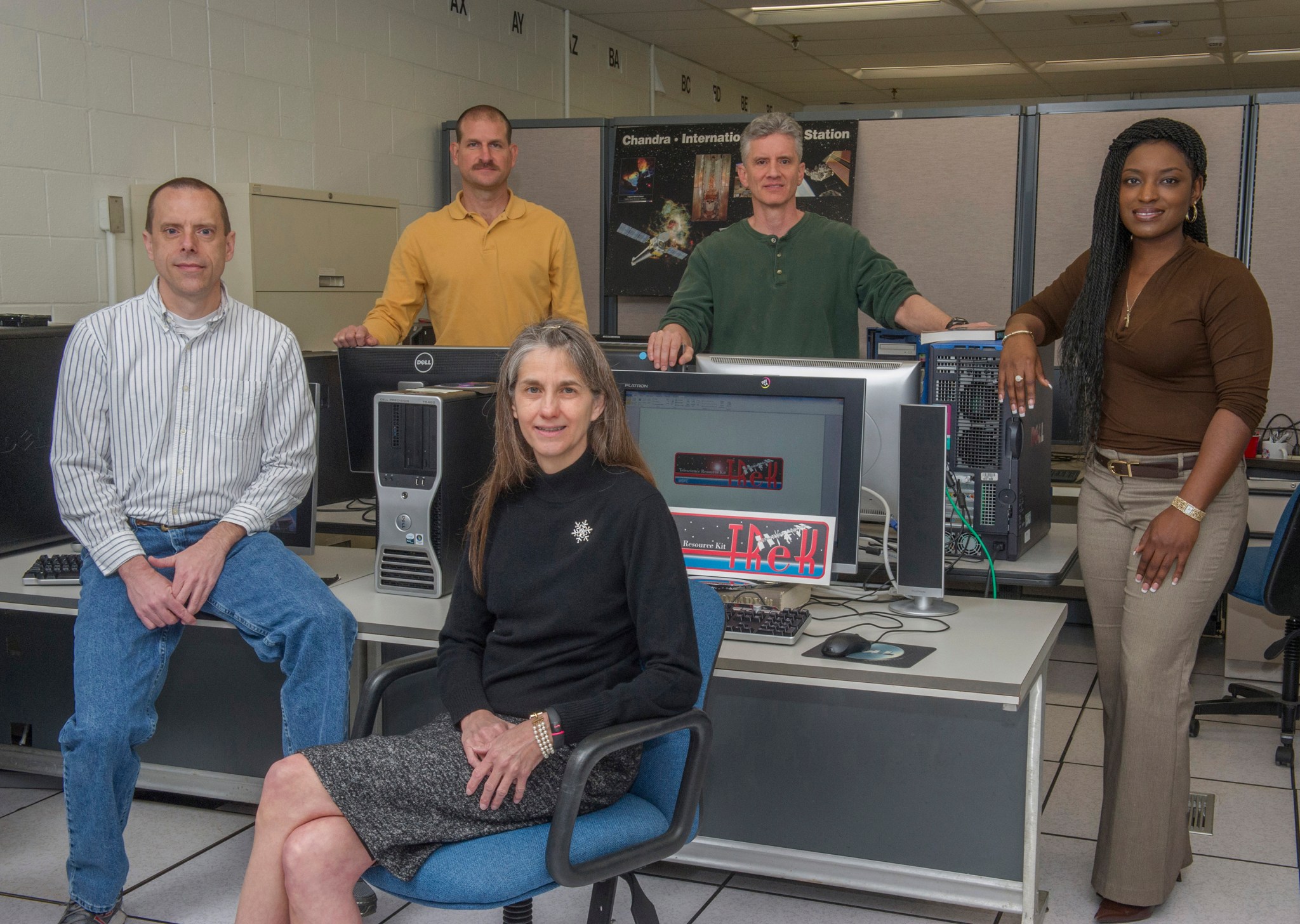
This new technology builds on work started nearly 20 years ago. As construction began on the space station, a group of software developers at Marshall proposed a way to connect scientists and their research in space from the comforts of home.
“We created a suite of programs for scientists and engineers to securely monitor and control their payloads on their home computers,” said Michelle Schneider, a system software developer for the Mission Operations Laboratory at Marshall.
Schneider and a small group of software engineers designed and built this collection of software tools called the Telescience Resource Kit, or TReK.
TReK helps package experiment data so it can be easily routed through the space station’s communications network to get it to the ground at Marshall, and then to the science teams wherever they are located. The space network includes both ground stations and an orbiting satellite system. The experiment data can range from individual numbers to large files of data, including video, for delivery anywhere in the world.
Schneider and her colleagues are now learning what life is like from the user perspective as the team’s first science “investigation” has been activated on the space station. While the current suite of software is used primarily on Earth, the new TReK Demonstration Payload is software uploaded to the space station to change the way data is stored and transmitted to the ground.
This demonstration payload uses an existing laptop computer on the station to run a special version of TReK that was uploaded from Earth in March 2015. This new capability will allow payload developers to save time when designing their communications interface with their experiments, making it easier and faster to exchange information.
Schneider and her teammates set out to create tools that were easy to install, deploy and use to meet the needs of scientists at space agencies, industry and academia around the world. The TReK system has proven its worth over the course of more than 2,000 investigations from over 95 countries on the space station, as well as on other missions.
“We wrote the software so it could be used to support a variety of projects,” Schneider said. “For example, we used the software to support FASTSAT — a small satellite with six experiments on board that launched in 2010 — and the WB57 Ascent Vehicle Experiment in 2004, which recorded High Definition video and Near Infrared images of Space Shuttle launches.”
The TReK applications allow scientists to customize communications to their specific environment because every payload is unique, and the data acquired can change the world.
Hubscher, an ASRC Federal/Analytical Services employee, supports the Office of Strategic Anaylsis & Communincations.
NASA, Auburn University Celebrate Space Exploration and Sign New Space Act Agreement
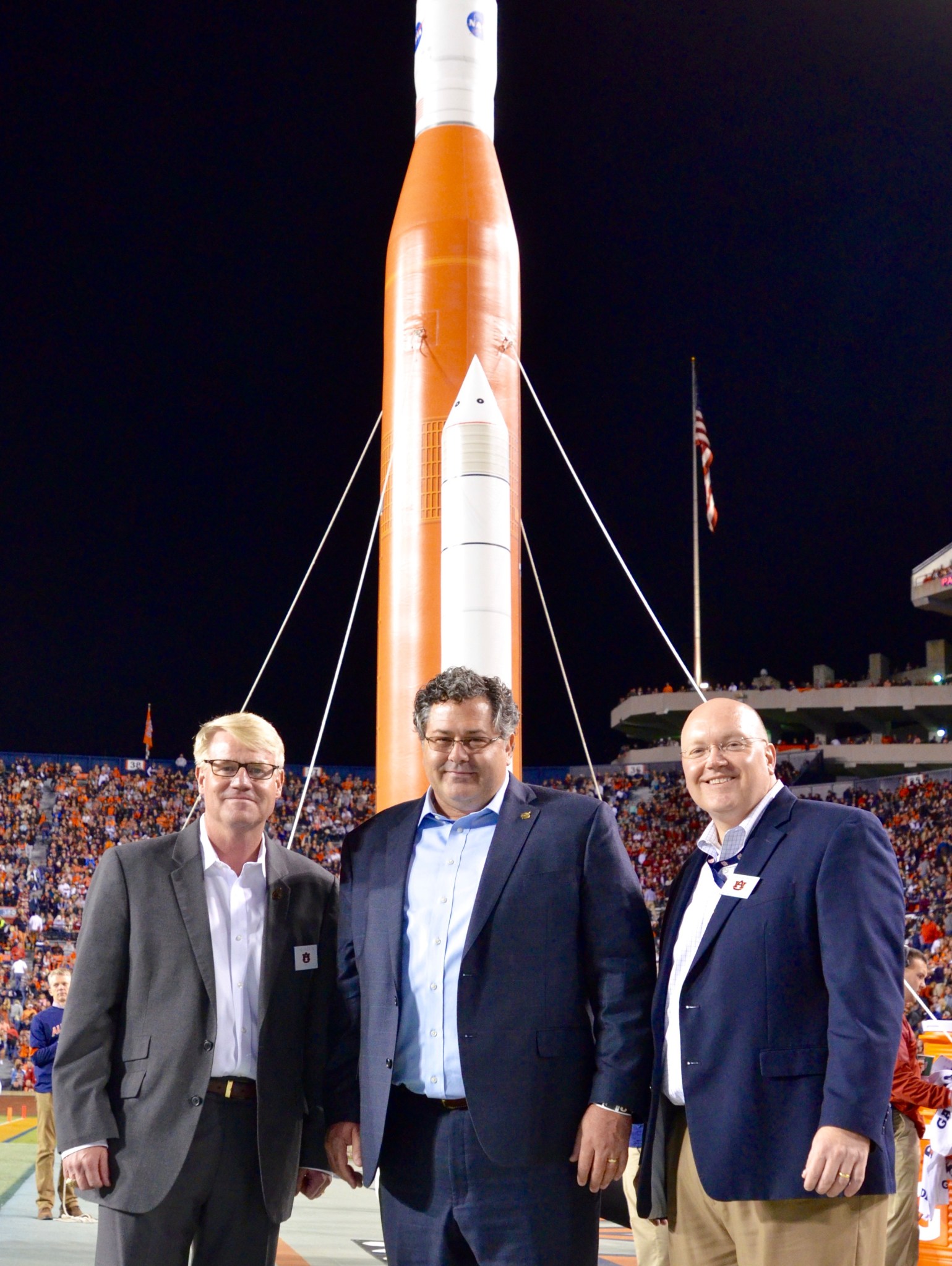
NASA’s Marshall Space Flight Center Director Todd May, center, joins Auburn University Dean of Engineering Chris Roberts, right, and Mike Ogles, left, of Auburn’s Huntsville Research Center, on the field for a space-themed halftime show during Auburn’s Oct. 22 home game against the University of Arkansas. The program, celebrating space exploration and work underway across the nation for NASA’s Journey to Mars, featured an inflatable model of the Space Launch System rocket and a performance by Auburn’s marching band. The day before, May and Auburn Vice President for Research & Economic Development John Mason signed a Space Act Agreement to collaborate on the development of new wireless sensor and communications technologies for both space and Earth applications. “Small, light, energy efficient wireless technologies hold tremendous potential for spacecraft, in everything from the robotic explorers of distant planets to the powerful SLS rocket that will launch human explorers to deep space and on to Mars,” said May, a 1990 graduate of Auburn’s College of Engineering. “We’re excited by this opportunity to continue building our research partnerships with Auburn, the only university in the United States offering a degree program in wireless engineering.” (Auburn University)
Celebrate NASA’s Agency Innovation Mission Day Nov. 1
In collaboration with NASA’s Deputy Administrator Dava Newman, the NASA FIRST 2016 Leadership Program is hosting the Agency Innovation Mission Day on Nov. 1. The purpose of Innovation Day is to capture and celebrate the innovation of all NASA employees.
Throughout the day the agency’s employees will connect, learn and innovate alongside each other. The event will include a keynote speech by Newman broadcast on Desktop Television at 11 a.m., cross-center collaboration activities and a human innovation workshop.
For more information about Innovation Day and a schedule of events, click here.
Sherri Stroud Defeats Breast Cancer with a Little Help From Her Friends
By Jena Rowe
Spunky, healthy and strong are three words that describe Sherri Stroud, external relations specialist at NASA’s Marshall Space Flight Center. Two of those words — spunky and strong — also describe her while battling breast cancer this year.
“I used to think I’d never get sick,” said Stroud. “I definitely never thought I would get breast cancer. One of the worst parts of having breast cancer has been finding out that I actually could be sick.”
Stroud has always been an active person — running competitive races, hiking and regularly attending fitness boot camp classes. Even after watching her mother defeat breast cancer five years ago, she thought that her strength and health would keep her well.
“I found out I had cancer right after my birthday in February when I went for an annual doctor’s appointment,” said Stroud. “It’s not hereditary, there were no signs prior, and even after they knew that it was there you couldn’t feel it.”
Rather than allowing her diagnosis to overtake her, Stroud mustered all of her strength and began a series of tests and biopsies to determine an appropriate course of treatment before telling her daughter and the rest of her family. She wanted to wait until she knew exactly what she was dealing with before telling them. Her daughter later moved to Huntsville to support her mother.
Doctors found one tumor and all indications were that it was small. Stroud chose to have a double mastectomy in hopes that there would be no further treatment. However, during surgery to remove the tumor, doctors removed lymph nodes for testing. Five days later test results showed that cancer had spread to one lymph node, meaning several treatments of chemotherapy and radiation were in store.
“I always felt like I was being taken care of,” said Stroud. “My doctor told me early on to put a team together and talk to different doctors before I made any decisions. So, even though it was whirlwind, I felt like I took charge of the decisions and the path forward.”
Stroud put together a team of doctors and utilized other resources available through the Huntsville Breast Center, Huntsville Hospital Foundation and the Liz Hurley Breast Cancer Fund. She credits this support network with helping her get through the good and bad days of treatment and with celebrating each milestone. They even helped her celebrate while shaving her hair.
“I had a party to shave my hair,” laughed Stroud. “That was hard. But, at the time, I was determined not to let it defeat me. So, my hairdresser came over, I invited my friends, and she got the clippers out and we just celebrated it.”
Oct. 31 will be the last radiation treatment for Stroud. Afterward she will take daily medication for what she calls maintenance. “I’ll see the doctor every three months or so for a number of years, but I haven’t really looked too far ahead,” she said. “I’m excited to get to where I’m going. Whatever is next is easy compared to this.”
In true form, Stroud recently completed the Liz Hurley Ribbon Run and added 12 new friends to her growing network of support. She met these new friends in the Surviving and Thriving program sponsored by the Huntsville Hospital Foundation, which she regularly attends.
“A song that has been in my head for the last eight months is ‘With A Little Help From My Friends,’” said Stroud. “I couldn’t have done this without all the love and support from people at work, at home and even from people I barely knew. I never had any doubt that I would be able to come back from this and be right back where I was.”
Rowe, an Analytical Services/ASRC Federal employee, supports the Office of Strategic Analysis & Communications.
Numbers Don’t Lie: For Accountant Traci Matthews, ‘Inclusion Works’ at Marshall
By Rick Smith
For NASA Marshall Space Flight Center accountant Traci Matthews, numbers have always made sense. The language of mathematics is universal, she said — regardless of a person’s background. Or their ability to hear.
Born hearing impaired, Matthews has processed accounting transactions on contracts and purchase orders for Marshall’s Office of the Chief Financial Officer since she joined NASA in 2015 — “doing my small part” for efforts across the center, she said, from pure research to the latest work orders for NASA’s Space Launch System. Now totally deaf in both ears, she reads lips and wears electronic devices called cochlear implants which translate audio signals for her.
Her deafness does not impede her performance, nor her enthusiasm for her work. Indeed, she proudly served Marshall as a Disability Employment Awareness Month ambassador for 2016, sharing her story and demonstrating how the center embraces diversity and provides career opportunities for individuals with disabilities. She spoke to a Marshall audience Oct. 18, alongside fellow team members Jim Duffy, a quadriplegic; Victoria Garcia, who is deaf; and Matthew Pettus, who is blind. She also takes part in Marshall’s Disability Awareness and Action Working Group, created in 2011 to resolve needs among disabled workers and disabled veterans.
Initially established as “National Employ the Physically Handicapped Week” by Congress in 1945, the observance was renamed National Disability Employment Awareness Month in 1988. Observed each October since then, it celebrates the contributions of workers with disabilities and educates the American people about the value of a diverse workforce who possess of a variety of complementary skills and talents.
The theme of this year’s commemoration is “Inclusion Works.” Like her fellow spokespersons, Matthews demonstrates that fact every day.
More about Matthews
Born in New Orleans, Matthews spent her youth in Auburn, Alabama. She graduated from Auburn University in 2013 with a degree in business administration and accounting, and hopes to return at some point to finish the requirements for taking the Certified Public Accountant exam.
After graduation, she discovered, to her frustration, that many employers couldn’t see past her hearing aids. “I went to a lot of interviews, and they’d tell me they didn’t think I was the right fit, or their company wasn’t the best place for me,” she said.
The unspoken judgment frustrated her, and she redoubled her efforts. She enrolled with the Alabama Department of Rehabilitation Services, which helps people with disabilities find fulfilling work. In December 2015, the agency helped her arrange an interview with Marshall human resources personnel. Two weeks later, Matthews was offered the accounting job.
“Maybe those other employers weren’t the right fit,” she said. “But I knew this would be.”
Now she stays plenty busy. She enjoys Marshall’s family atmosphere as much as she loves the challenging, space-themed work, she said. She works not just with Marshall teams, but with the primary accounting and procurement staff at the NASA Shared Services Center at NASA’s Stennis Space Center.
She’s particularly proud to help advocate for the needs of disabled workers and to welcome new workers with disabilities to the Marshall team. “There are plenty of people here ready to help newcomers integrate into the NASA family, and the agency goes out of its way to make reasonable accommodations to meet individuals’ needs,” she said.
Matthews is proud to contribute to NASA’s mission, and feels a kinship with team members across Marshall who feel the same. “When we launch SLS, it’s going to cause such a swell of pride,” she said. “Everywhere you turn, each of us is responsible for a little piece of that rocket. When it flies, there’s going to be such a pandemonium.”
She smiled. “That sounds pretty good to me.”
Smith, an ASRC Federal/Analytical Services employee, supports Marshall’s Office of Strategic Analysis & Communications.
John Thomas, Former NASA Spacelab Manager, Offers ‘Mission Success’ Insights
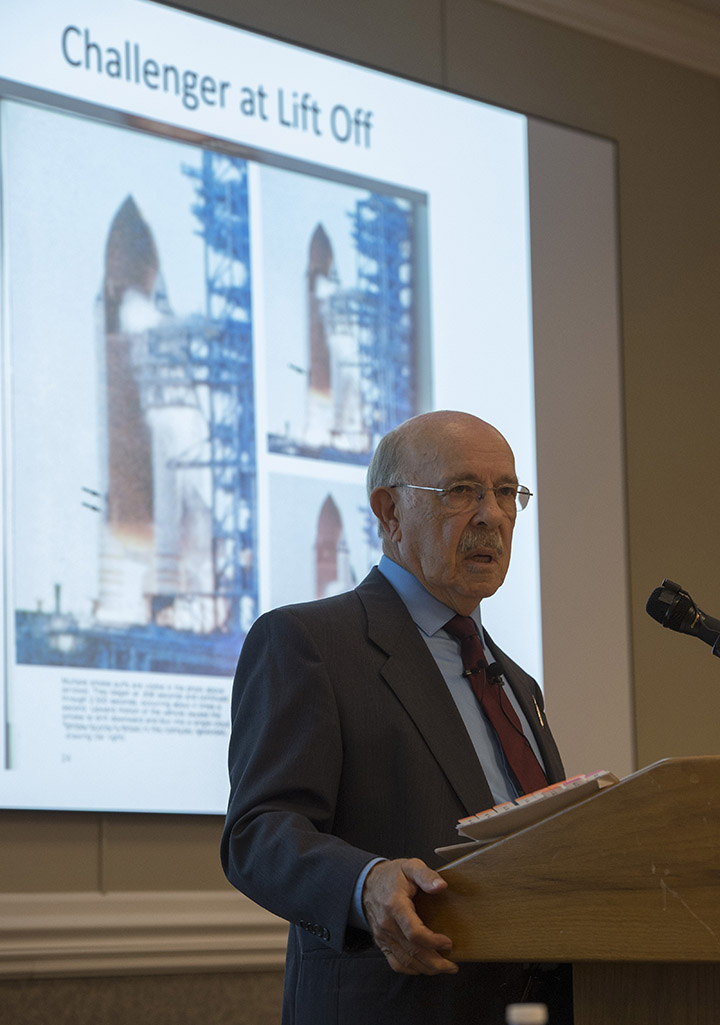
John Thomas, former NASA program manager for Spacelab, addresses Marshall Space Flight Center team members Oct. 20 during the final “Mission Success is in Our Hands” Shared Experiences forum of 2016. Thomas, who joined NASA in 1961 as a test-stand engineer for the Saturn rocket program, recalled the challenges of those early engine and rocket tests and his subsequent experiences managing elements of the Skylab orbital research platform and managing the Spacelab program from its launch in 1983 until 1987. Having led the NASA Accident Analysis Panel assessing the January 1986 loss of space shuttle Challenger, Thomas was appointed to lead the redesign of the shuttle’s solid rocket motor. He retired from NASA in 1989, but continued to support the space program as site director for Lockheed Space Operations, overseeing shuttle launch operations at NASA’s Kennedy Space Center. He retired again in 1998, but was persuaded by former Marshall Director Jack Lee to join the consulting firm Lee and Associates, for whom Thomas still provides his expertise to NASA and industry — 55 years after he first joined the agency. The Shared Experiences forum is presented by Marshall’s Safety and Mission Assurance Directorate, with partner Jacobs Engineering, as part of the “Mission Success is in Our Hands” campaign, in an effort to promote and strengthen Marshall’s focus on mission, hardware and crew safety. The campaign aims to help team members make meaningful connections between their jobs and the safety and success of NASA missions. For more information and updates on the forum, which will resume in 2017, click here. (NASA/MSFC/Emmett Given)
This Week in NASA History: First Saturn Rocket, SA-1, Launches — Oct. 27, 1961
This week in 1961, marked a high point in the 3-year-old Saturn development program, as the first Saturn I vehicle, SA-1, flew a flawless 215-mile ballistic trajectory from NASA’s Kennedy Space Center. The 162-foot-tall rocket weighed 925,000 pounds and employed a dummy second stage. The Saturn I launch vehicle was built at NASA Marshall Space Flight Center’s Fabrication and Assembly Engineering Division. Marshall also designed, developed and managed the production of the Saturn V rocket that took astronauts to the moon. Today, Marshall is developing NASA’s Space Launch System, the most powerful rocket ever built that will be capable of sending astronauts deeper into space than ever before, including to an asteroid and Mars. The NASA History Program is responsible for generating, disseminating and preserving NASA’s remarkable history and providing a comprehensive understanding of the institutional, cultural, social, political, economic, technological and scientific aspects of NASA’s activities in aeronautics and space. For more pictures like this one and to connect to NASA’s history, visit the History Program’s webpage. (NASA)
Obituaries
Charles H. Wood Jr., 88, of Huntsville, died Oct. 3. He retired from the Marshall Center in 1981 as an aerospace engineer.

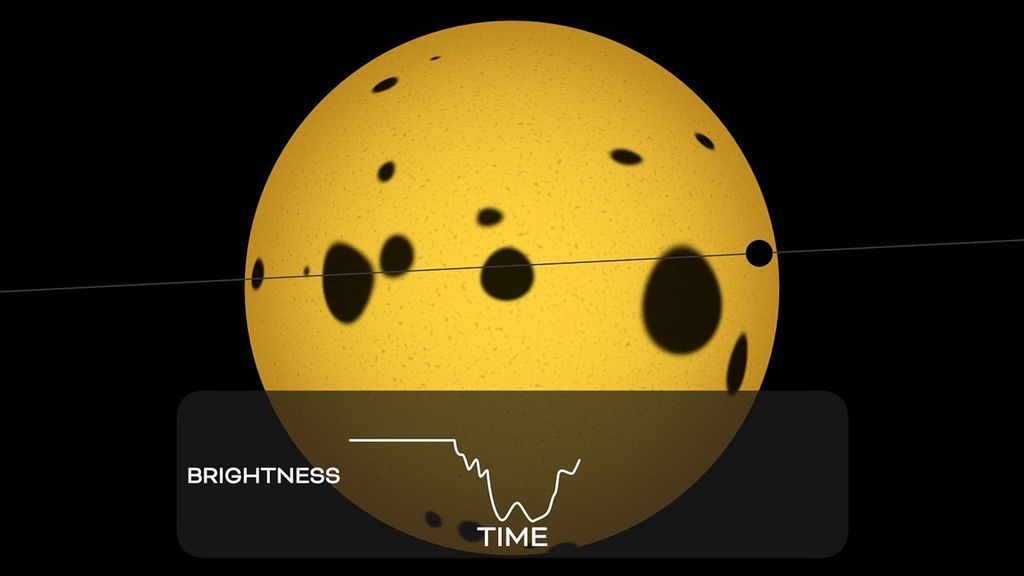









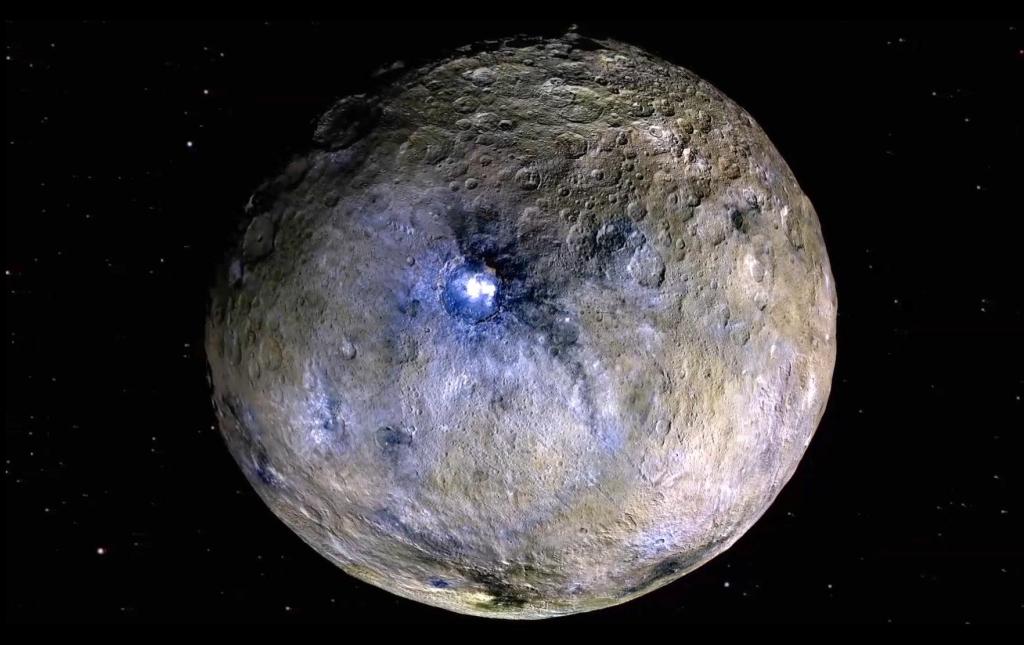
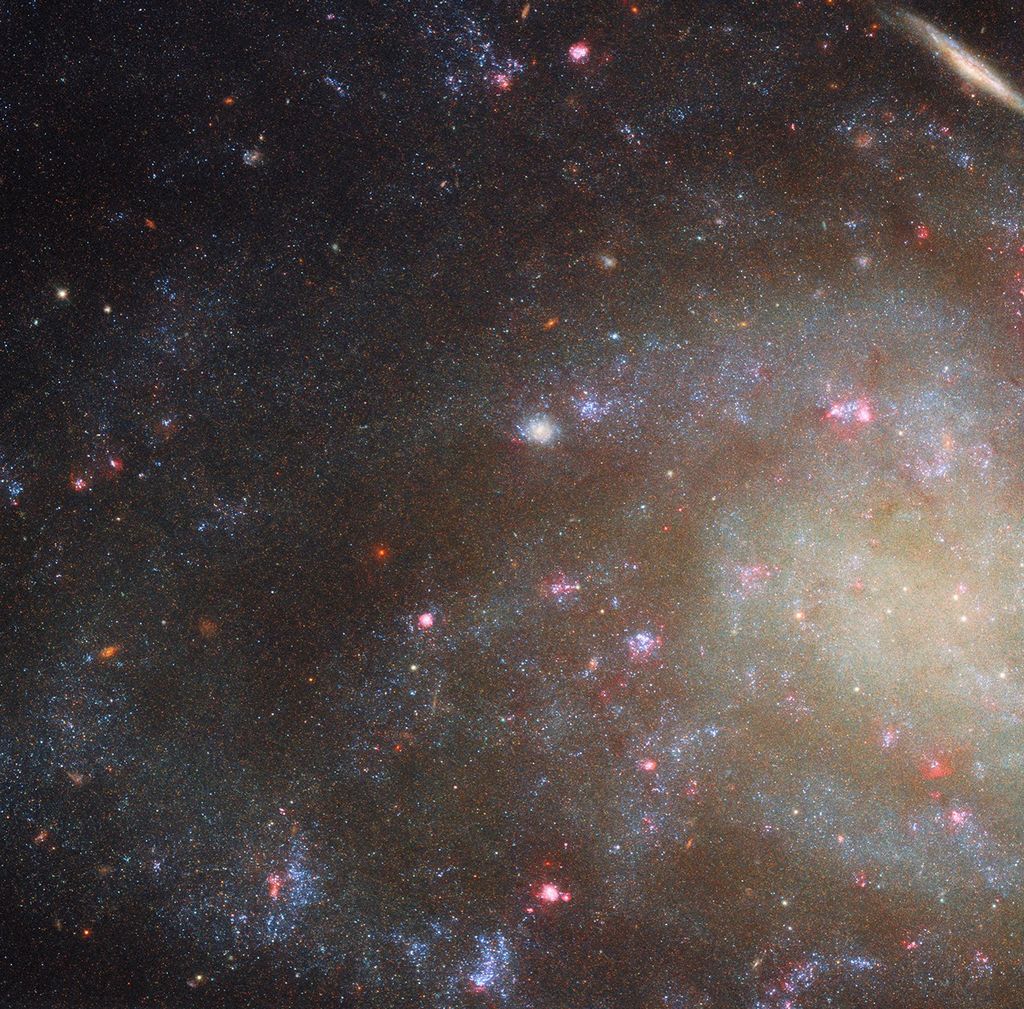



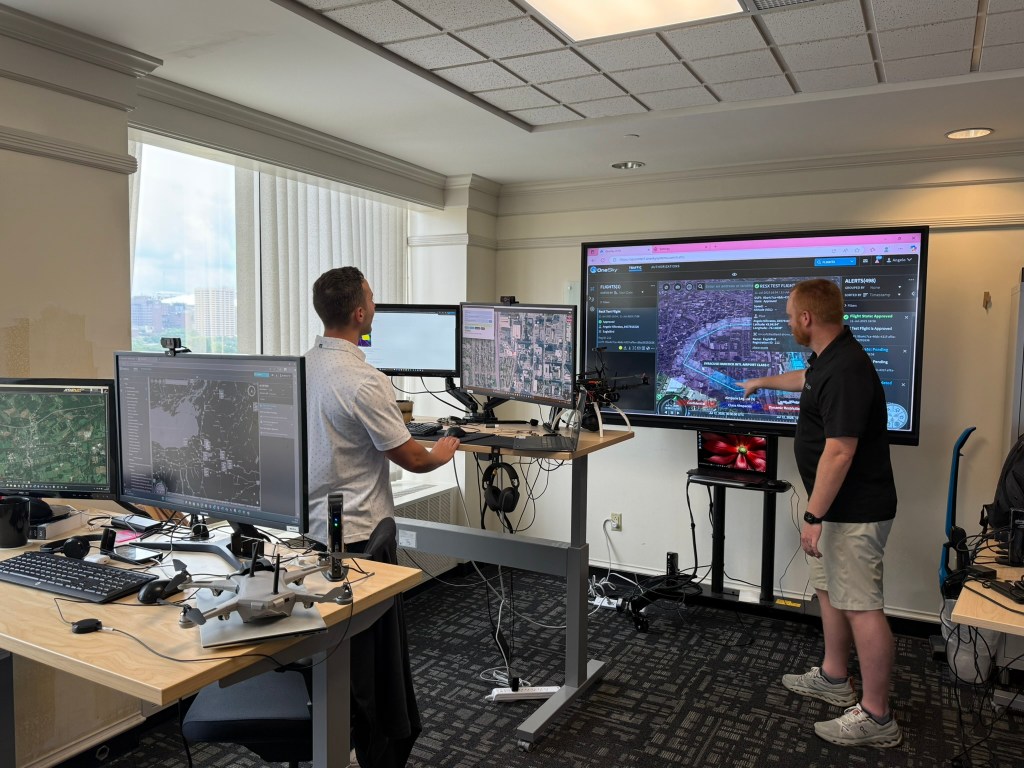




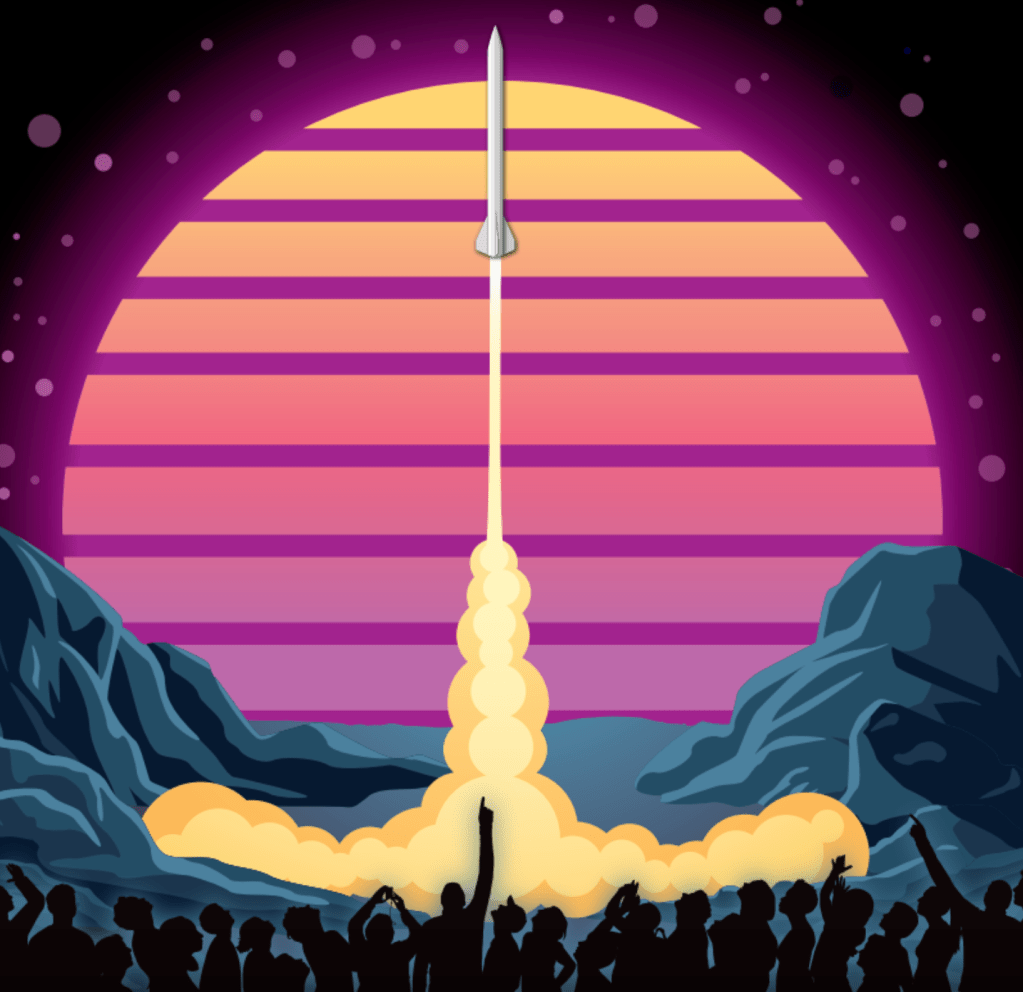

-Carolyn_Y._Ng.jpeg?w=1024)




